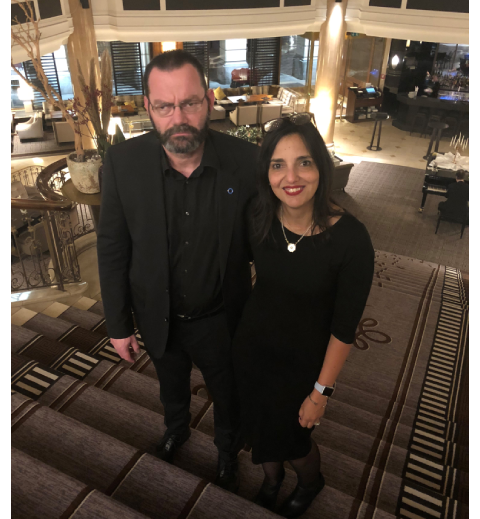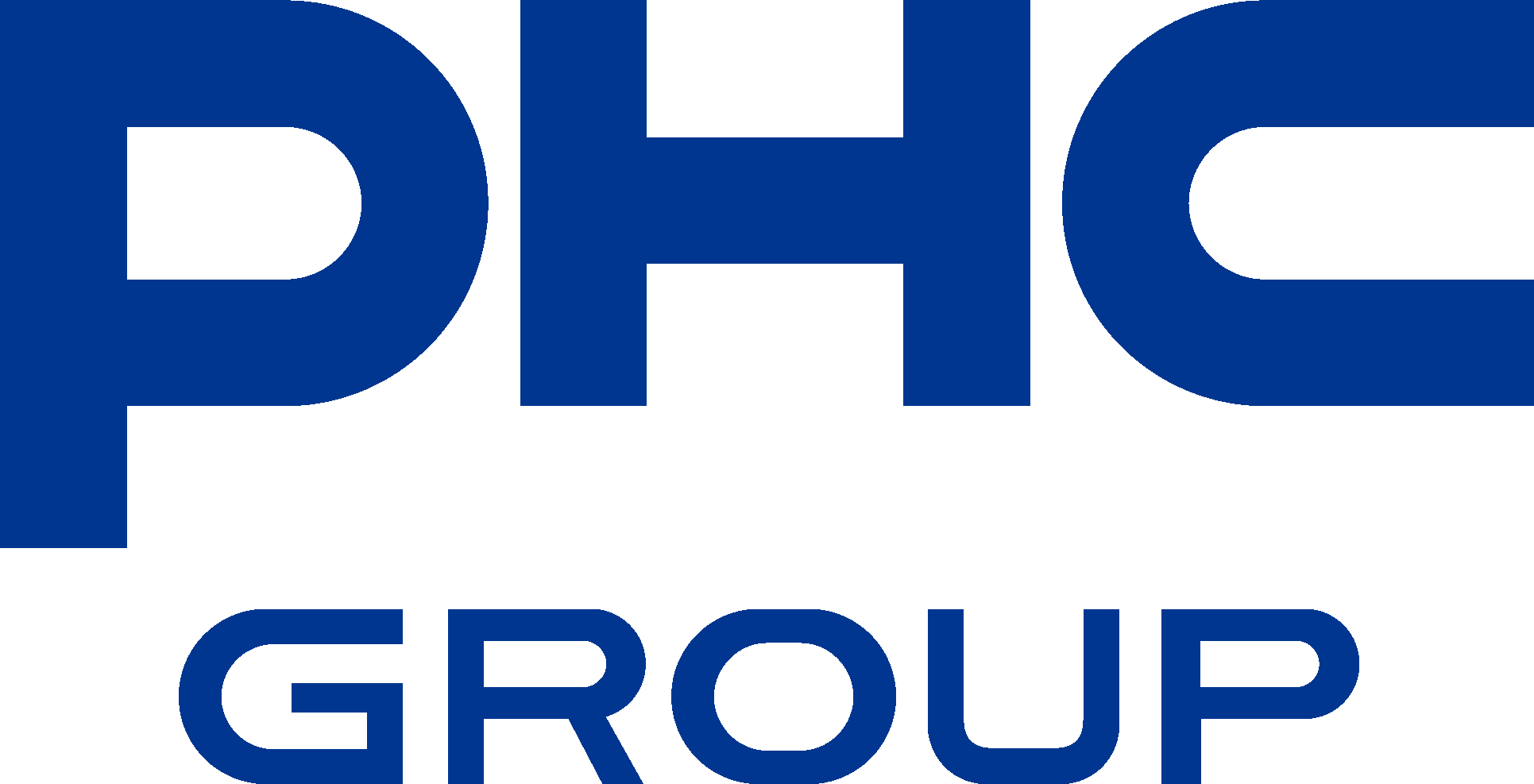ON-SITE REPORTING FROM ATTD 2019, BERLIN
ON-SITE REPORTING FROM ATTD 2019, BERLIN
The Grumpy Pumper is from the UK and blogs about diabetes from https://grumpypumper.wordpress.com/. He is also an active commentator on Twitter (@grumpy_pumper) and Facebook.
He was diagnosed with Type 1 Diabetes on 26th August 1994 and has been an insulin pump user since 2009. He says that he will NOT be beaten by diabetes (and is GRUMPY!).
Renza Scibilia is from Melbourne, Australia and authors the blog Diabetogenic about real life with type 1 diabetes. Renza has lived with type 1 since 1998 and for the last fourteen years has used an insulin pump. She works for Diabetes Australia and is a proud member of the Diabetes Online Community (DOC). She is a diabetes consumer representative and a vocal advocate for ensuring the voice of the ‘patient’ is heard loud and clear.
The opinions presented in these blog posts are those of the authors and may not represent the opinions of Ascensia Diabetes Care.
Ascensia have paid The Grumpy Pumper him an honorarium for his services as a guest reporter. Ascensia have not provided financial support for travel, accommodation or registration for The Grumpy Pumper to attend the 12th International Conference on Advanced Technologies & Treatments for Diabetes in Berlin, Germany.
Ascensia have not provided any financial support to Renza Scibilia to attend the ATTD 2019 or for her services as a guest reporter.

-
Retrofitting Diabetes Technology by The Grumpy Pumper
-
-
What would you expect the sessions at the Advanced Technologies & Therapeutics for Diabetes (ATTD) conference to focus on?.....
I know, a silly question.
However, there is a not so silly question that is often asked in the Diabetes Online Community (DOC) and also at the recent #ATTDDSMS (see post below) event.
“What does diabetes technology mean to you?”
It’s easy to just consider insulin pumps and the latest glucose monitoring sensors along with smart phones and smart watches as diabetes tech. After all they are very techy and pretty much all you will read about or hear talked about in the online community.
DIY APS (Artificial Pancreas Systems) are a popular topic, with some impressive results and lovely pictures of in-range blood glucose (BG) graphs. We now see sessions on DIY APS at conferences, which is a huge step forward from a few years ago when these sessions would have not been allowed in any way.
Commercial APS systems are here with more promised to be on the way, and this time I think we can be confident this will actually happen.
The performance cars of diabetes technology will soon be available!
There is one issue though. Not all people that manage their diabetes with insulin will have access to these performance devices. Not all have access to CGM or Flash monitoring systems. Even fewer have access to insulin pumps. The vast majority (around 90%) do not (or in some cases, choose not to, which is entirely their right) have access to these technologies.
So, what does diabetes technology mean to them?
BG meters are technology of course, but so are insulin pens. In fact, I personally consider pen needles as technology too. Any PWD that has used a quality pen needle and then been moved to a “cost effective” one may agree with me. I started out on my journey with diabetes by using syringes to inject. Insulin pens and needles were a big technology jump for me, and a positive one.
Having said all of the above, and rambled on a bit as always, I was encouraged to see in the raft of high tech stands in the exhibition at this year’s ATTD, one that stood out to be different. I spent more time at this stand talking to the team and getting a demonstration of this new technology.
What was it?....
A new “Smart Pen” from Novo Nordisk that records and holds the data on the last 800 injections it delivered. Time, date and dosage. The data can be uploaded via NFC (near field communication, which is the same technology that Flash monitoring currently uses. This enables PWDs to upload data via their smartphone or if they do not have one then their clinic can upload it for them via a bespoke NFC reader. There is no proprietary software or diabetes management app, and instead the company have partnered with existing companies. This enables PWDs to upload all of their data from different devices to the same management software.
Why am I so pleased to see this? After all, I’m the Grumpy Pumper, not the Merry MDI’er.
Because I do my best to remember my privilege and that I am very lucky. Where possible, I think the diabetes community has a responsibility to advocate for all.
There were sessions that discussed managing diabetes with MDI (multiple daily injections) and covered topics like injection techniques, but they were few and seem to be getting less year on year. Some were focussed on type 2 diabetes managed with insulin which is also good to see.
However, I left the conference feeling both encouraged and saddened. Encouraged by what I did see on show for those in the majority but saddened that I had to search to find it.
I am not saying that we should take our foot off of the accelerator of change. Certainly not. I am fully supportive of the advances from the community, industry and science. I do fear though that this acceleration increases the technology gap for the majority of PWDs can make them feel isolated from the online community, and worse, could serve to demotivate them in their diabetes management. Those of us who are advocates in the diabetes community must remember the importance of advocating for all, no matter what technology we are using personally.
Maybe it’s time to look at the technology advances and challenge ourselves to see how we can use them to help make diabetes technology decision making easier for the many people that manage their diabetes with blood glucose meters and MDI?
-
-
Advocating for all at #ATTDDSMS, by Renza Scibilia and The Grumpy Pumper
-
-
So, here we are back at ATTD again. This year in Berlin……
The ATTD Conference is dedicated to the most advanced diabetes treatments and technologies, so it is very easy to get caught up in thinking that every single person with diabetes is hooked up to the very latest in diabetes tech. That can be how it looks from within the diabetes online community (DOC) as well.
The reality, of course, is far different. This was the overarching philosophy behind the planning for the Ascensia Diabetes Social Media Summit at ATTD (#ATTDDSMS), which followed on neatly from the #OzDSMS held at the Australasian Diabetes Congress in August last year, also chaired by Chris ‘The Grumpy Pumper’ Aldred and Renza Scibilia.
Eight people with diabetes were invited to share their ideas about some of the more difficult conversations we often don’t have in diabetes and to consider how to address the technology divide, under the theme of how can we advocate for all. With over 150 years of lived experience in the room, there certainly was a lot to draw on. And there was also a variety of viewpoints with a range of different diabetes management used by the attendees, including people using MDI (multiple daily injections) – a group that is often left out of diabetes technology discussions.
We started the event with a brief review of the discussion at the #OzDSMS, focusing on the stigma of diabetes-related complications. The question posed to the group was ‘How do we educate without fear?” For too long, the discussion of complications has employed scare and shock tactics and that works for very few people with diabetes. In fact, the likely outcome is for people to completely disengage and bury their heads in the sand. Who can blame us?
There is a better way to engage and that points to concentrating on care and risk reduction. It is also important to focus on the here and now: what can we do today to care for ourselves rather than what horrors will we face in years to come if we don’t. Threats, blame, shame and judgement don’t seem to yield the same results as conversations that engage and support.
Also highlighted was that traditional discussions about diabetes-related complications inevitably becomes a discussion about the affected area rather than the whole person. The terms ‘diabetic foot’ or ‘diabetic kidney’ are used as though these body parts are able to be separated and treated. Diabetes is never about one specific part of the body – it must always be about the whole person.
The next topic of conversation was about the spectrum of diabetes technology used by people with diabetes. It was acknowledged that this is not always a choice – for some, they are told what to use, or there are simply no choices at all. Choice is sometimes a privilege.
Also acknowledged was the uncomfortable fact that the diabetes community is sometimes responsible for stigma when it comes to technology use and how this often leads to the those using pumps and CGM being overrepresented in online conversations. It is undeniable that the majority of people with diabetes being treated with insulin use either syringes or insulin pens rather than pumps to deliver it. Even more use blood glucose monitoring rather than CGM. Again, for some this is a choice; for most it is not.
It was also raised by several people that even those of us who do use sensing devices to monitor our glucose levels, our back up plan will always, always be a blood glucose monitor and strips. One participant, when asked by this was the case, said ‘Because my meter is bulletproof.’
Throughout the event there was a recurring theme of remembering that people with diabetes are not a homogenous group. There are as many experiences and preferred ways of engaging in healthcare and there is certainly not one right way that works for all. Some people are not interested in driving their care, preferring to leave that to their HCP while happily following instructions. Others very much want to be in the driver’s seat, navigating the path with support from their HCP team. And there are others still who simply are unable to take the lead as there are so many conflicting demands on their life that diabetes by necessity takes a back seat. We need to remember all these groups and understand that everyone has the right to receive treatment in a way that is respectful and positive.
All attendees at #ATTDDSMS were well aware of their privilege. We say this to highlight that we understand that we are living in a bubble that not only provides us with access to technology, healthcare and diabetes medications, but because we also know that our experiences are not reality for the majority of people with diabetes across the world. One of the reasons these conversations are important is because we know that through our networks, connections – and yes, our privilege – we can hopefully make change. We can use our voices to help people, but must make sure they are not the only ones heard.
-
ASCENSIA
MENU
QUESTIONS ABOUT THIS SITE?
If you have any questions about the latest available blood glucose solutions, contact Ascensia Diabetes Care in your country. Visit contact.ascensia.com for a full listing of countries.
Questions or comments about this website, please CLICK HERE.
QUESTIONS ABOUT THIS SITE?
If you have any questions about the latest available blood glucose solutions, contact Ascensia Diabetes Care in your country. Visit contact.ascensia.com for a full listing of countries.
Questions or comments about this website, please CLICK HERE.
Please note that not all products are available in every country.
Ascensia Diabetes Care, the company that brings you CONTOUR® and Eversense® products.
Ascensia, the Ascensia Diabetes Care logo and CONTOUR are trademarks of Ascensia Diabetes Care Holdings AG.
© Copyright 2024 Ascensia Diabetes Care Holdings AG. All rights reserved.
Last updated: July 2022. Code: G.DC.01.2016.37920
Please note that not all products are available in every country.
The company that brings you CONTOUR® products now has a new name. Introducing Ascensia Diabetes Care.
Ascensia, the Ascensia Diabetes Care logo and CONTOUR are trademarks of Ascensia Diabetes Care Holdings AG.
© Copyright 2017 Ascensia Diabetes Care Holdings AG. All rights reserved.
Last updated: July 2016. Code: G.DC.01.2016.37920


